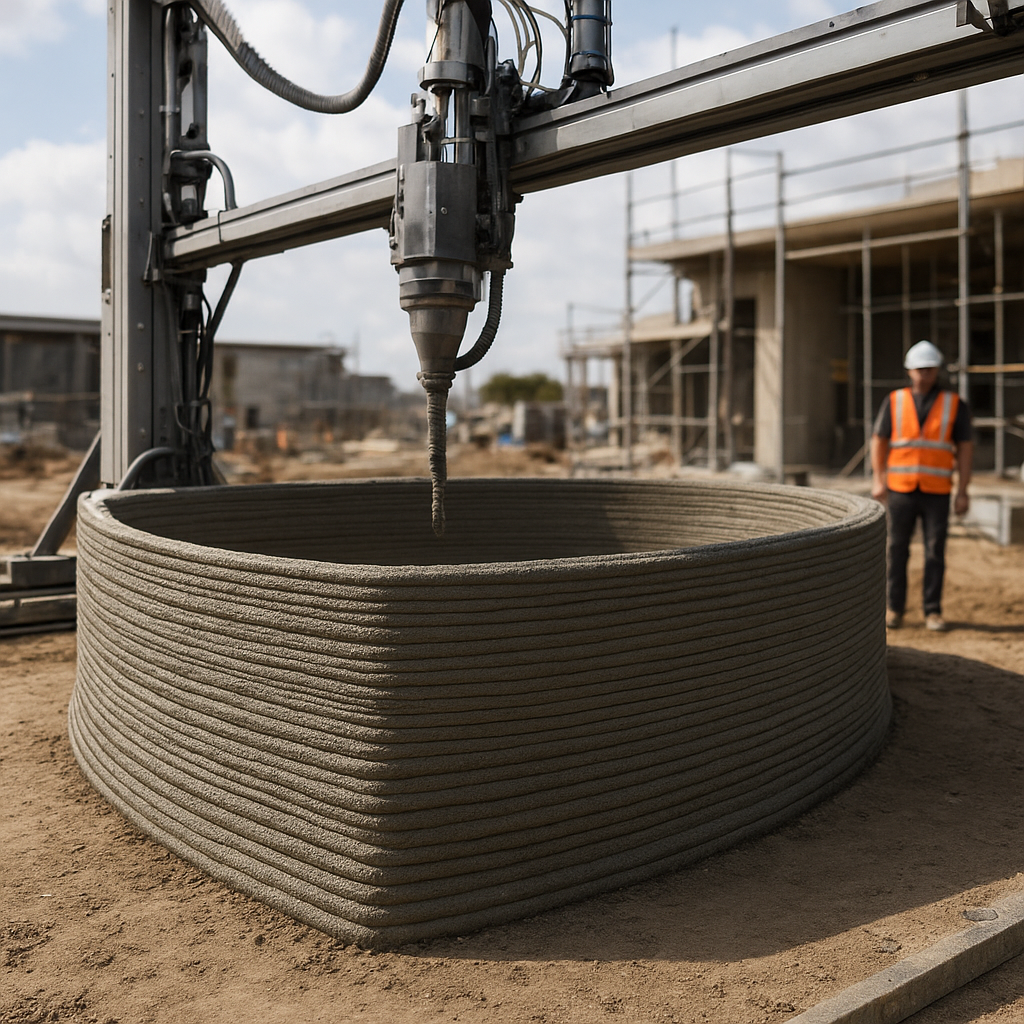
Construction and industrial sites thrive on the seamless collaboration between human skill and mechanical innovation. Heavy-duty machines bring raw materials to life, transforming stone, sand, and cement into sturdy infrastructures. This article delves into the inner workings of some of the most indispensable equipment in the field, with a special focus on the concrete mixer. Understanding these devices reveals the secrets behind their efficient operation, guiding professionals toward optimized performance and enhanced safety.
Essential Components of Construction Machinery
Every piece of heavy equipment relies on a network of carefully engineered parts. These components deliver the power, control, and stability necessary to perform demanding tasks under challenging conditions.
- Hydraulic Systems – Use pressurized fluid to generate immense force for lifting and moving.
- Diesel or Electric Engines – Provide reliable energy sources tailored to mobile or stationary use.
- Chassis and Frame – Form a durable foundation that withstands stress and vibration.
- Control Interfaces – Joysticks, pedals, and digital panels translate operator input into precise movements.
- Mobility Mechanisms – Wheels, tracks, or crawlers offer mobility across diverse terrains.
Understanding How a Concrete Mixer Operates
Basic Design and Structure
A concrete mixer consists of a rotating drum mounted on a stable frame. Inside the drum, spiral blades guide the movement of ingredients toward the center during rotation. This design ensures thorough blending of cement, aggregates, and water. Support rollers or trunnions enable smooth rotation while safeguarding the drum from excessive friction.
- Mixing Drum – Typically made of steel to resist abrasion and chemical attack.
- Spiral Blades – Attach to the interior, creating a continuous flow pattern.
- Support Rollers – Hold the drum in place and facilitate rolling movement.
- Drive Mechanism – Can be belt-driven, direct-drive, or hydraulic.
- Chute System – Directs the freshly mixed concrete toward the discharge point.
Step by Step Mixing Process
- Material Loading – Sand, gravel, and cement are loaded into the drum in pre-measured proportions.
- Water Addition – Water enters either from a nozzle near the drum mouth or within a separate tank line.
- Initial Agitation – A low-speed spin coats all ingredients, preventing dry pockets.
- High-Speed Mixing – Increased RPM promotes a uniform, precise texture, eliminating clumps.
- Quality Check – Sample extraction confirms moisture content and consistency meet project specifications.
- Discharge – Drum rotation reverses, pushing mixed concrete out of the chute onto conveyors or into buckets.
Power and Control Systems in Heavy Duty Equipment
Modern machines leverage advanced subsystems to balance raw power with fine-tuned control. Engineers strive for solutions that minimize downtime while maximizing output.
- Engine Management Systems – Monitor fuel efficiency, emissions, and temperature in real time.
- Electronic Control Units (ECUs) – Coordinate sensors and actuators for optimal performance.
- Hydrostatic Drives – Provide infinite-speed variability without gear changes.
- Regenerative Braking – Captures kinetic energy to power auxiliary systems.
- Telematics Platforms – Track location, utilization hours, and predictive maintenance alerts.
Safety Protocols and Operational Efficiency
Skilled operators and support crews enforce rigorous safeguards to protect personnel and equipment longevity. A proactive approach to maintenance and clear communication channels ensure sites remain productive and accident-free.
- Pre-Start Inspections – Visual checks of fluid levels, hoses, and structural integrity.
- Personal Protective Equipment – Helmets, gloves, and high-visibility garments shield workers.
- Lockout/Tagout Procedures – Prevent unintended machine activation during repairs.
- Emergency Stop Mechanisms – Instantly halt all operations in critical situations.
- Operator Training – Simulators and certified courses establish reliability and expertise.
Innovations Shaping the Future of Worksite Machinery
Continuous research fuels the emergence of smarter, more sustainable machines. Developers integrate cutting-edge technologies to meet environmental standards while boosting efficiency and reducing operational costs.
- Electric and Hybrid Powertrains – Lower carbon footprints and operating expenses.
- Autonomous Navigation – GPS and LiDAR systems enable remote or driverless operation.
- Advanced Materials – Lightweight alloys and composites enhance durability.
- Augmented Reality Maintenance – Technicians receive real-time guidance through headsets.
- IoT-Enabled Components – Sensors relay condition data for predictive upkeep.
Key Takeaways for Professionals
- Invest in precision calibration of mixing machinery to guarantee material quality.
- Adopt telematics solutions to streamline tracking of service intervals and equipment health.
- Prioritize safety training and enforce standard protocols for every site operation.
- Explore emerging powertrain technologies to reduce environmental impact and fuel consumption.
- Embrace digital tools that enhance diagnostic accuracy and cut downtime.

